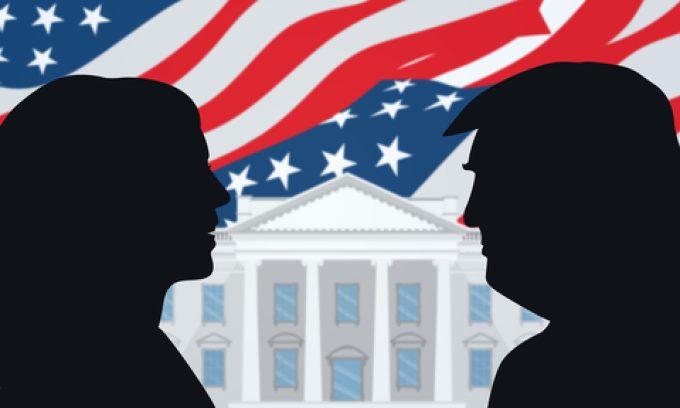New price hikes may slow ocean spot rate slide – but for how long?
Container spot freight rate indices showed some divergence this week, indicating that recent falls in ...

US presidential hopeful Donald Trump’s promise to impose a 20% tariff on all imports entering the country, as well as 60%-100% imports levied on Chinese goods, could throw the transpacific trade into a renewed rate spike.
Ocean freight rate intelligence platform Xeneta said that the last time Mr Trump occupied the White House and first imposed tariffs on Chinese imports in 2018, the result was a 70%-plus increase in transpacific freight rates, as US importers and their Chinese suppliers desperately tried ...
Volcanic disruption at Anchorage could hit transpacific airfreight operations
Shippers snap up airfreight capacity to US ahead of tariff deadline
Forwarders stay cool as US 'liberation day' tariffs threaten 'global trade war'
New price hikes may slow ocean spot rate slide – but for how long?
Tighter EU import requirements proving 'a challenge' for forwarders
Supply chain delays expected after earthquake hits Myanmar
Looming Trump tariffs will create 'a bureaucratic monster' for Customs

Comment on this article
Jeff Ervin
September 11, 2024 at 2:12 pmThe focus on the article should be whether or not increased tariffs would lead to on-shoring or near-shoring manufacturing, not a temporary spike in rates. The addiction to cheap labor is coming at the expense of developing manufacturing technology, AI, and more CO2.
Alex Lennane
September 11, 2024 at 2:21 pmWell, that would be a totally different article! But yes, we can look into that.